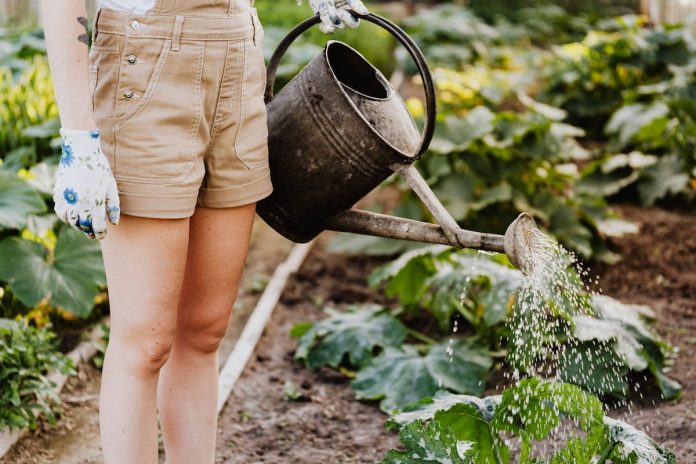Ever wanted to have your own garden with healthy, thriving plants? Growing produce is becoming more common and affordable! There are many resourceful ways to garden on a budget and cut unnecessary costs.
Check out these hacks on how to grow a lush home garden on a tight budget!
Start From Seeds
One of the biggest mistakes new gardeners make is buying mature plants instead of seeds. This is not only more costly, but you run the risk of your plant not transplanting well to whatever pot or soil you have in your backyard.
In addition to savings, you will be satisfied watching your plants grow from the beginning!
Make Your Own Compost
One of the more expensive parts of gardening often is the compost. Instead of dishing out the money to buy pre-made fertilizer, try making your own! It’s easier than you think, and it’s a much more resourceful use of your food waste!
The easiest way to make usable compost is using old produce scraps and coffee grounds from your trash. Mix it regularly, rotating the ingredients from the bottom with the newly added compost on the top.
Make Your Own Soil
Like compost, the soil is also something you could save money on making at home too! The easiest way to make soil is by combining old grass clippings, fallen leaves, and eggshells. Eggshells may sound like a strange thing to have in soil, but they contain lime- a natural mineral that your plants will love.
Natural Pest Control
While picking slugs and other pests off your plants sounds gross, this method is much healthier for your plants than chemical repellents. The chemicals within common repellents are very damaging to the leaves and soil. You’ll end up producing more sick plants than healthy ones.
You can manage the pest level of your garden with companion plans. These will naturally ward off unwanted pests if you plant them in close proximity to your produce.
Seed Swaps
Seed swaps are small communities people make where they can trade their plant seeds with other gardeners! Check out several social media platforms like Facebook to find these gardener groups. You can try out new plants for free while sharing some of your unused seeds!
Free Garden Markers
Instead of buying garden markers, use everyday household items to mark your plant’s progress. Try using popsicle sticks as markers and decorating them with lettering or paint. It’s much more cost-effective to make your own out of items that you already have at the house.
Plant Perennials
Perennials are plants that will come back year after year in their growing seasons. These plants will thrive during the spring, summer, and fall seasons. Then, they’ll be “dormant” in the winters. These plants will start very small, but slowly and gradually grow as the years progress.
Some examples of the most common perennial plants include Hibiscus, Strawberries and Raspberries, Mint, Peonies, and Lavender.
Harvest Seeds From Harvested Produce
One of the easiest ways to save money on gardening is saving the seeds from the food you eat. After you harvest your fruits and vegetables, dry out the seeds for the next planting season. Also, see what plants you have that you could reproduce through propagating. When you garden on a budget, it’s important to use every resource that you have on hand.


















